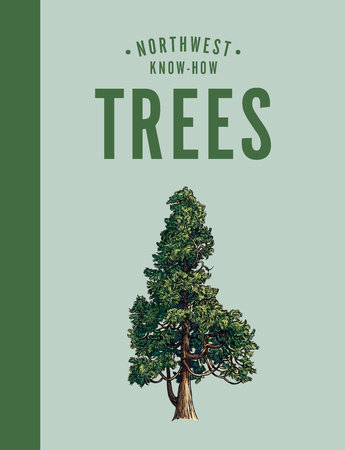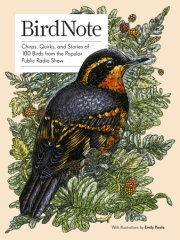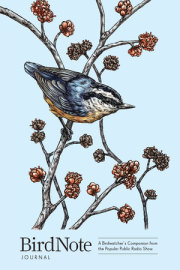To live in the Pacific Northwest is to dwell in a kind of
benevolent mystery.
You might spend an entire week here before it dawns
on you, during a sunbreak, that a dormant volcano has
been holding court behind the clouds all along. While hiking
you could easily wander past chanterelles like those
you’ll later savor at dinner, not recognizing their fanlike
forms amid the camouflage of a plush carpet of pine needles.
On the water you might paddle in solitude—or yelp
in surprise as a harbor seal pops up its whiskered face to
see what you’re up to.
But the greatest secret keepers are our trees: tall, confident,
constant. They shield our homes from neighbors,
shade streams so the salmon can spawn in peace, muffle
our voices with their branches, and offer our famously
introverted population a retreat from our rapidly growing
cities. The lush woods that fringe our towns and cities with
every imaginable shade of green offer a warm, welcoming
embrace and endless opportunities for exploration.
There are epic trees, ponderous evergreens far too
fat to hug, bathed in mist or sun, nourished by abundant
snowmelt. There are otherworldly trees, larches whose
golden glow gleams atop mountain crests each fall. Walk
along rocky beaches and you’ll glimpse madrones, their
oddly smooth bark peeling in strips as they stand sentinel
over waterways that once ferried explorers. That whoosh
you hear during winter is the wind combing the needles of
hemlocks and pines, spruces and firs. Better pull up your
hood: the rain may have paused, but you’ll be shocked
when giant drops eventually descend from limbs high
above to trickle down your neck.
In town trees serve as landmarks. In the country the
timberline forces us to hike ever higher to finally, finally
(finally!) ascend beyond the conifer crowns to be able to
glimpse the payoff: dazzling mountain lakes, a sweeping
view of the valley below, a peek at Mount Baker or
Adams or Hood, or Mount Rainier or Saint Helens or
Shasta shimmering in the distance.
Our native trees loom large in our imaginations
because they’ve seen more than many of us will ever see
in our lifetimes. And when our time is past, they’ll remain
to witness the future.
We hope this book helps you feel even more at home
on your next hike, ski run, or picnic now that you’ll be
better able to recognize your neighbors.
Copyright © 2021 by Karen Gaudette Brewer; Illustrated by Emily Poole. All rights reserved. No part of this excerpt may be reproduced or reprinted without permission in writing from the publisher.



























